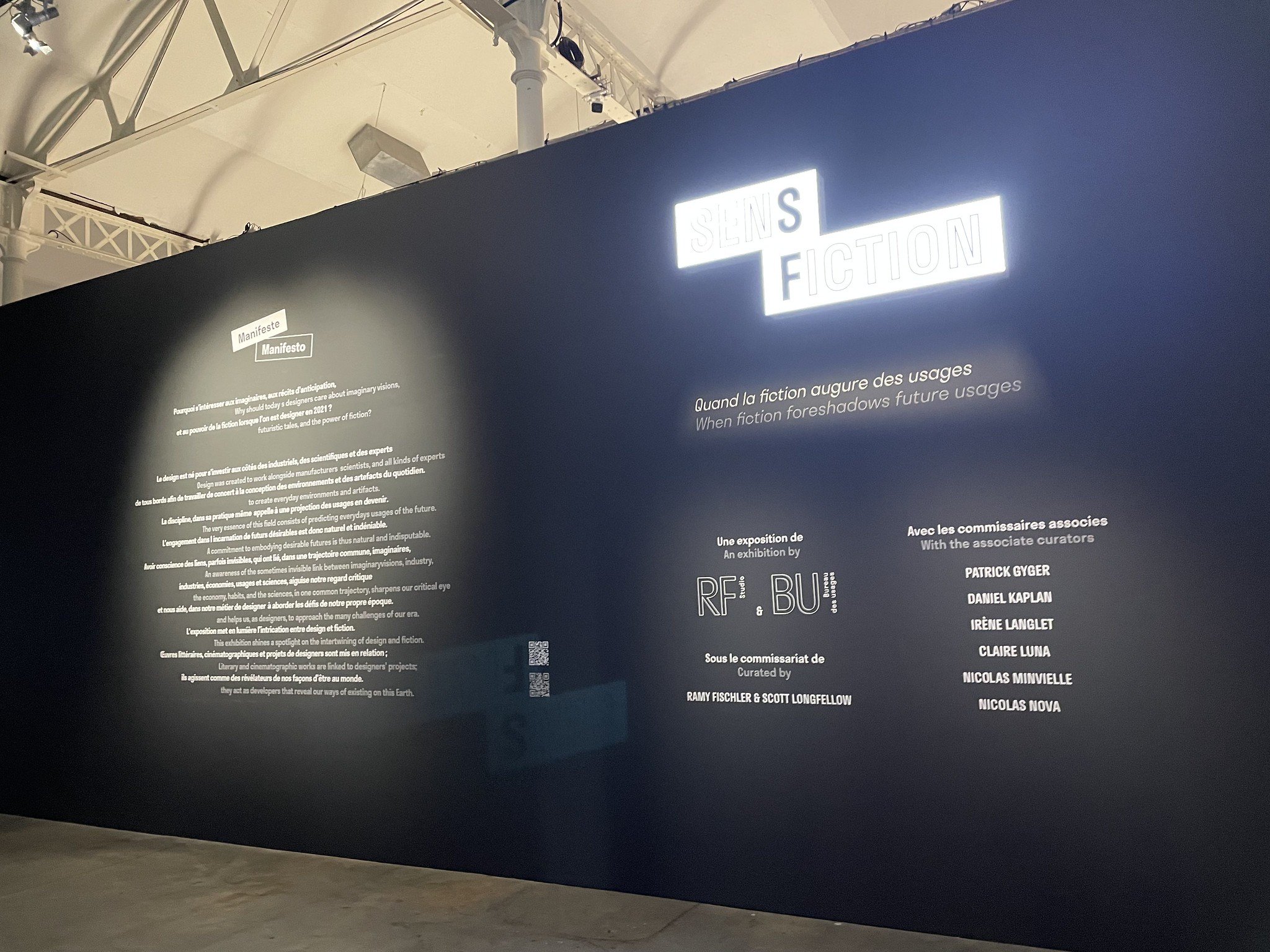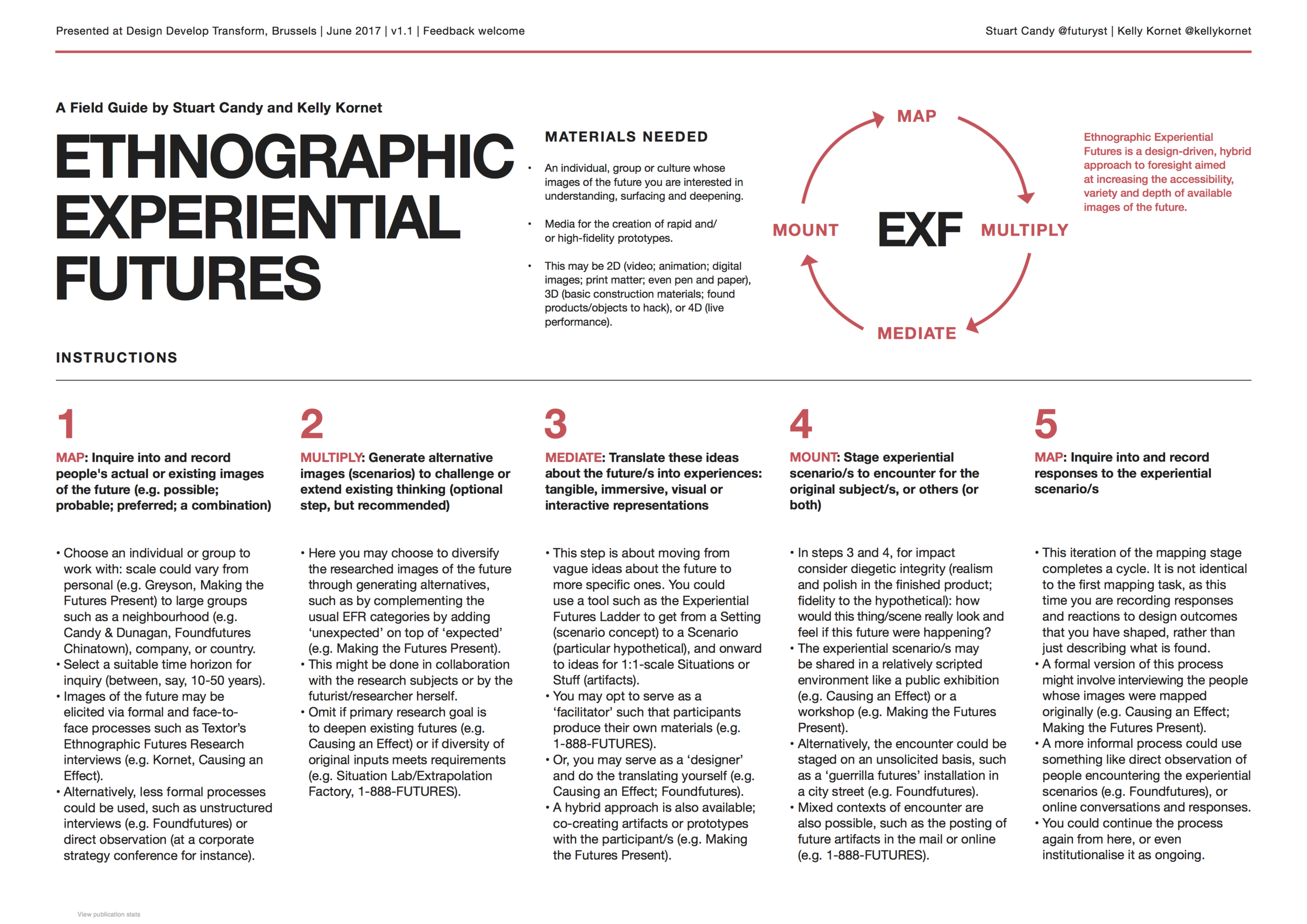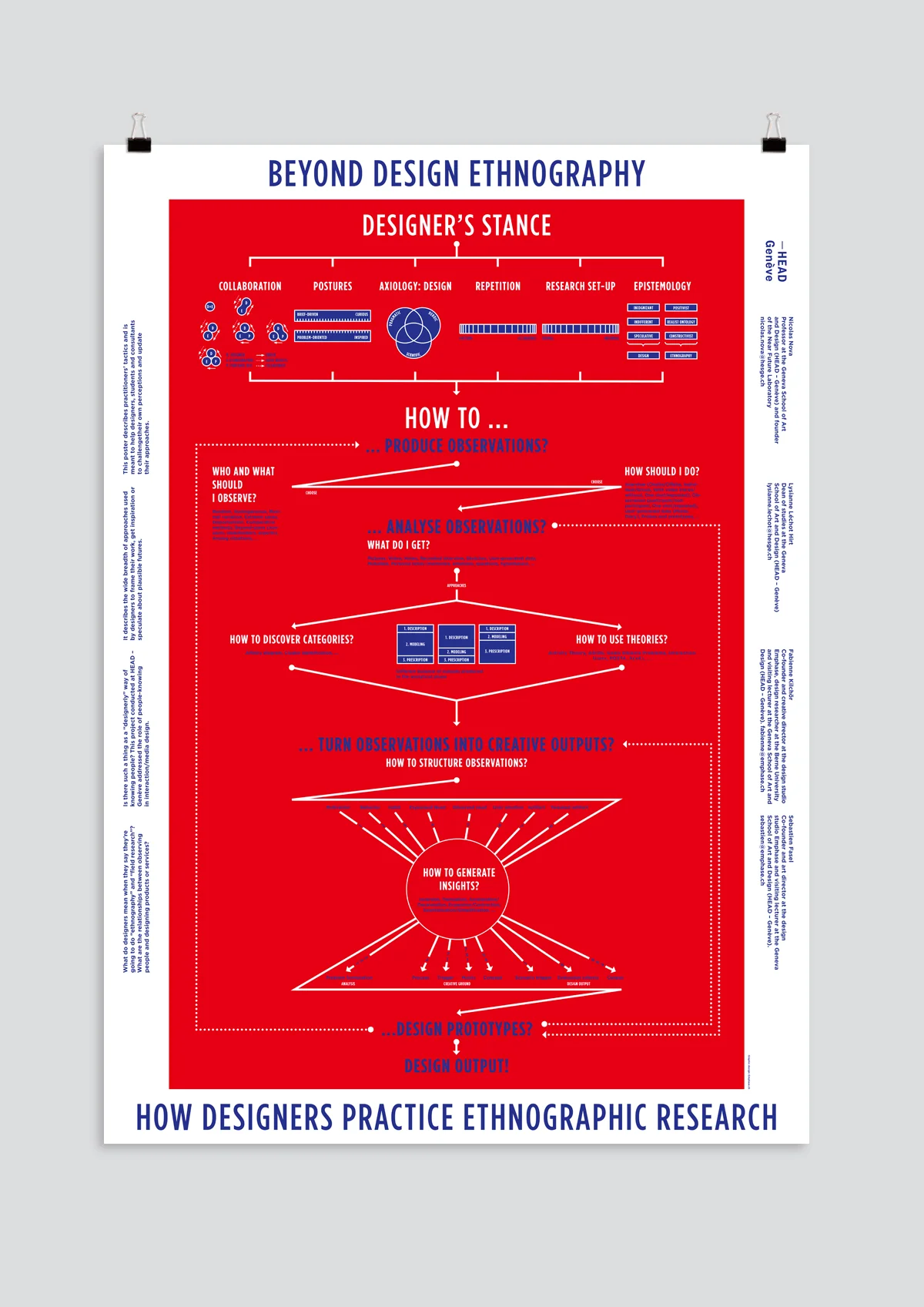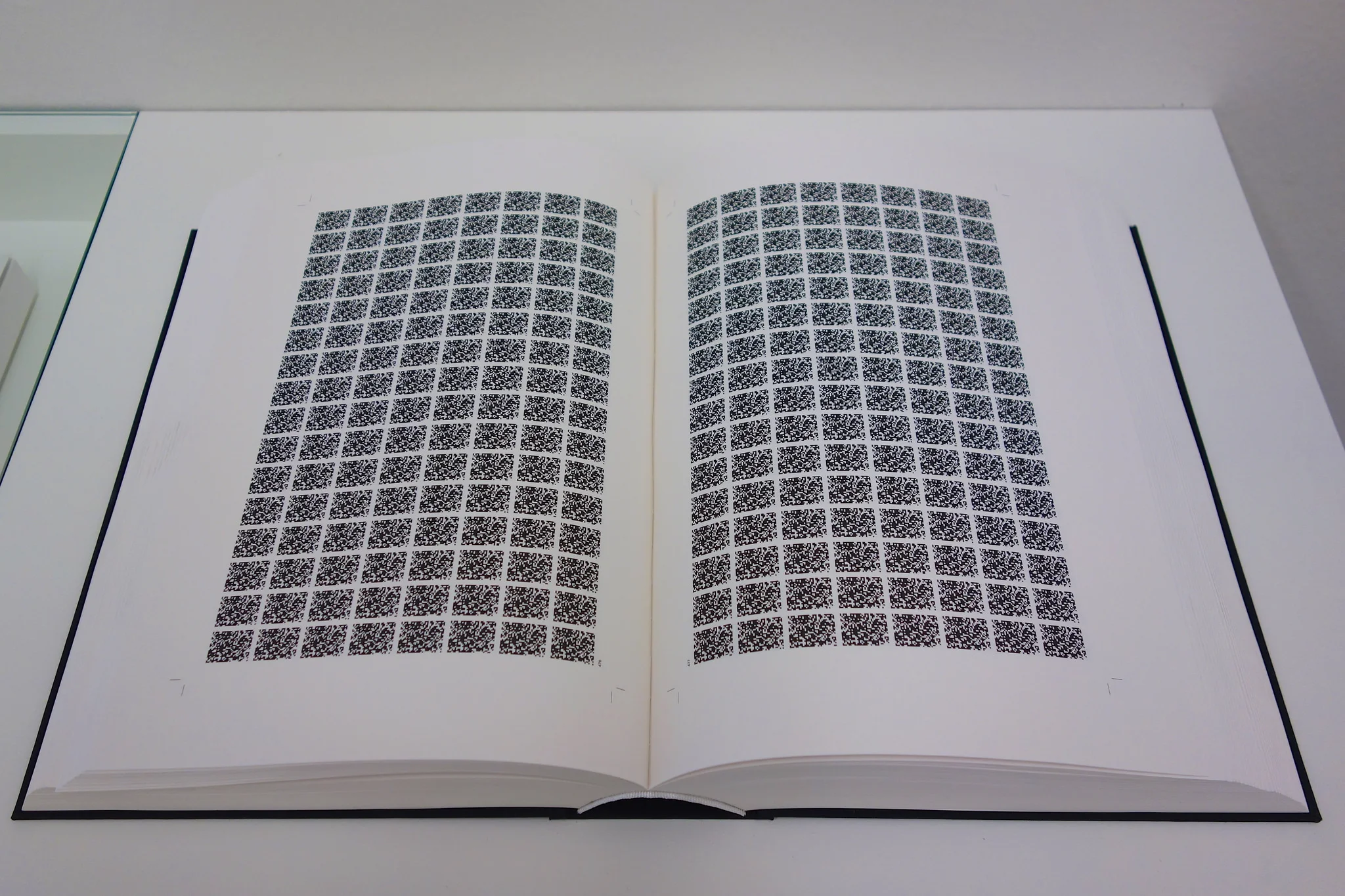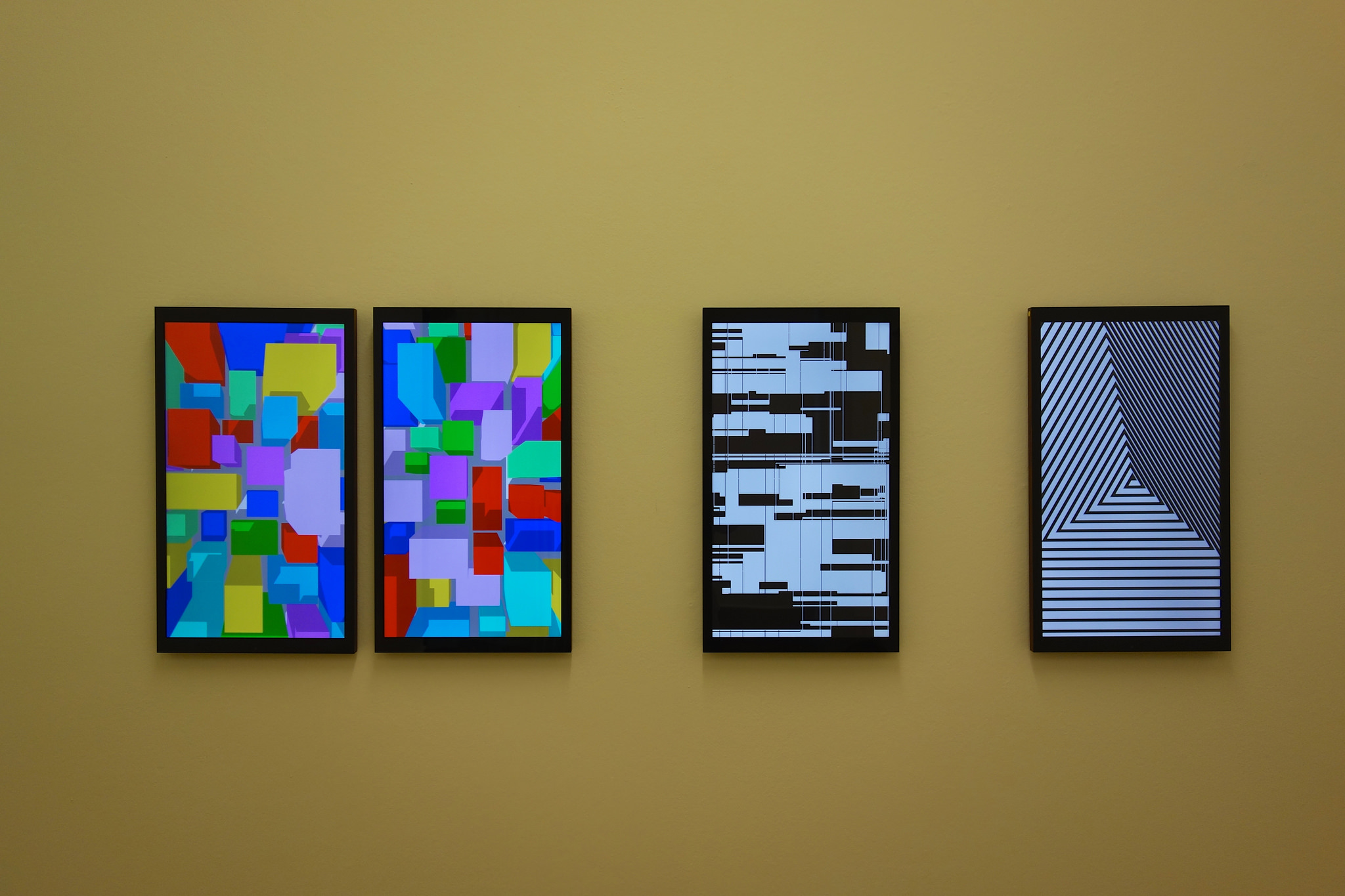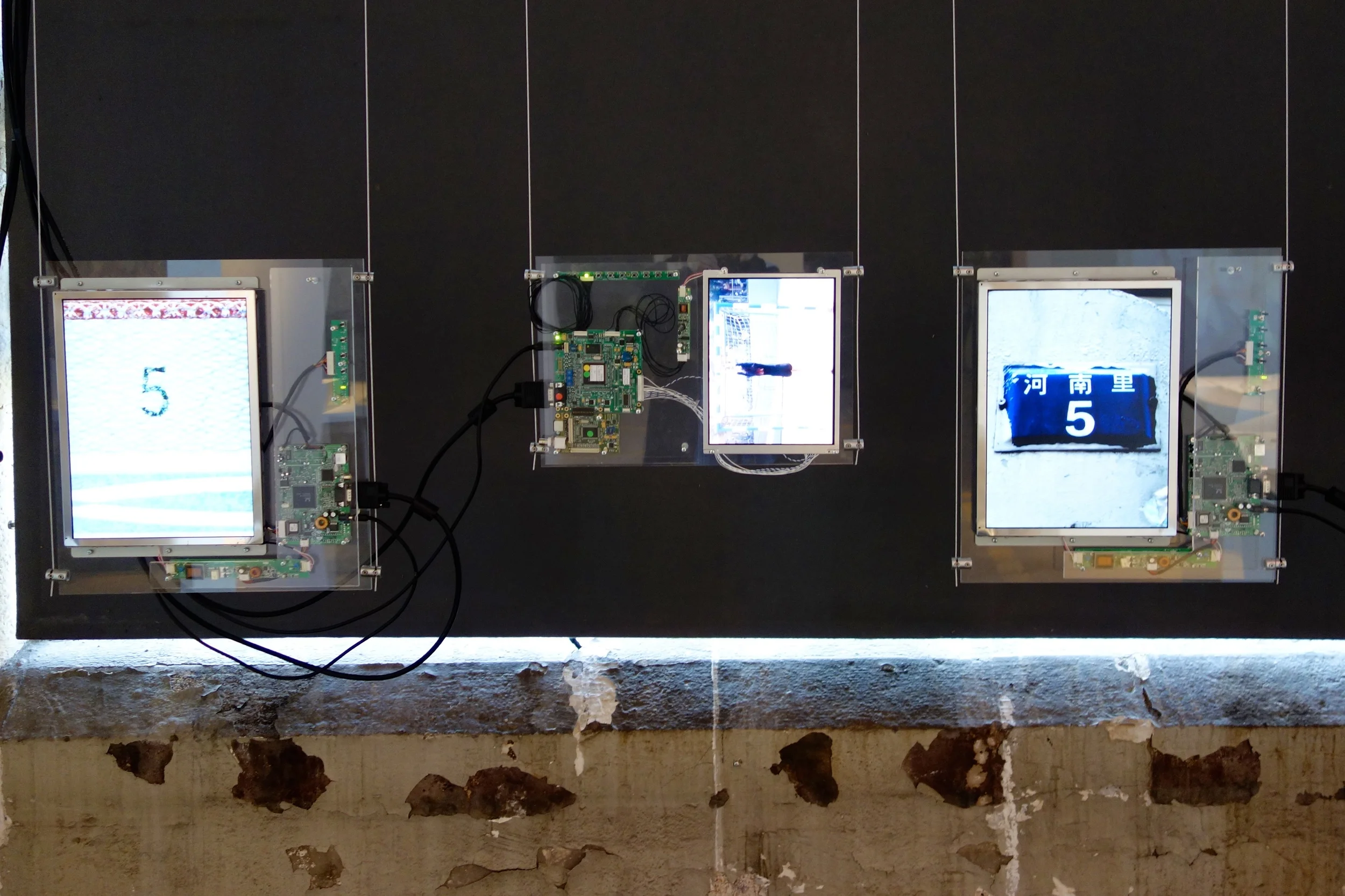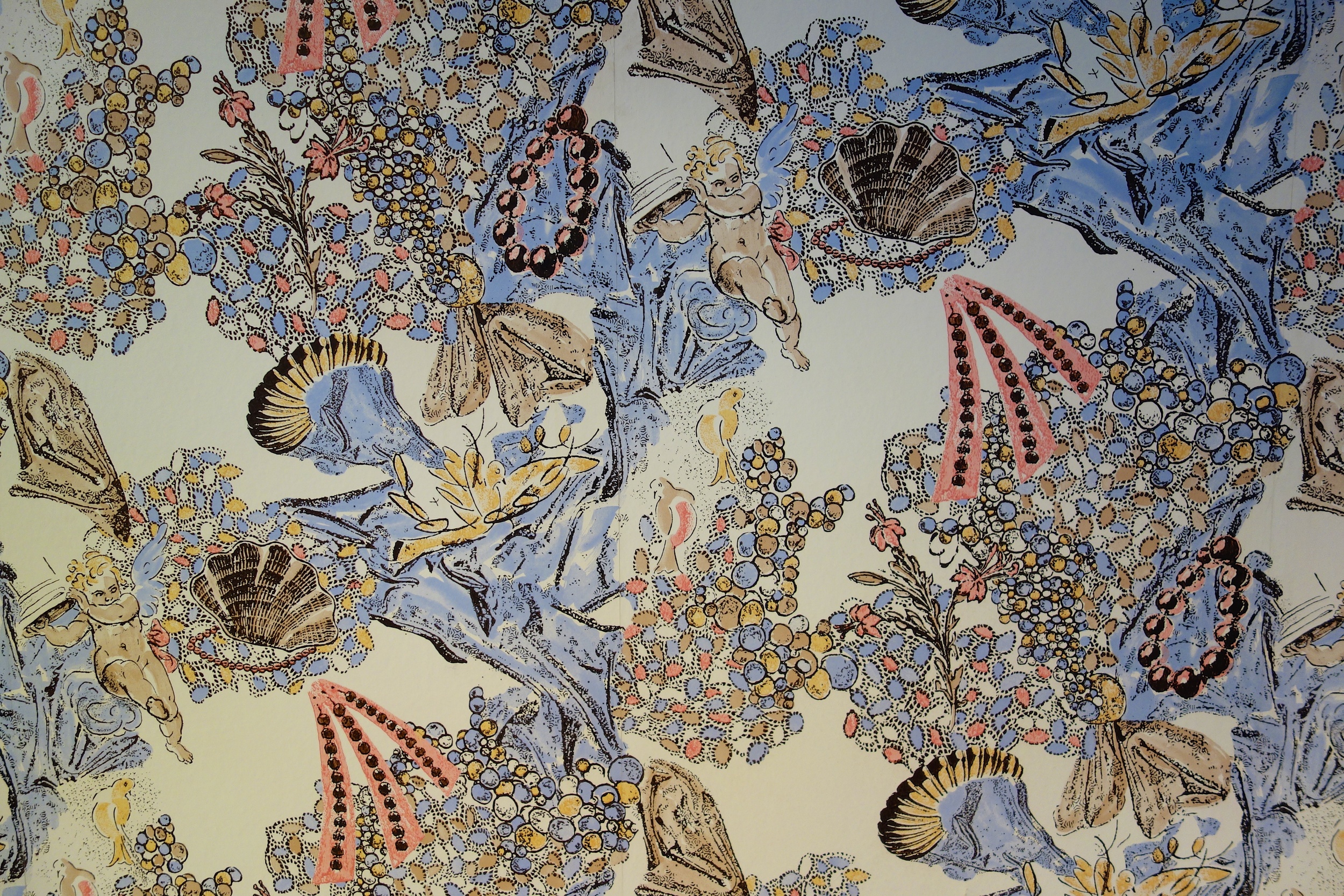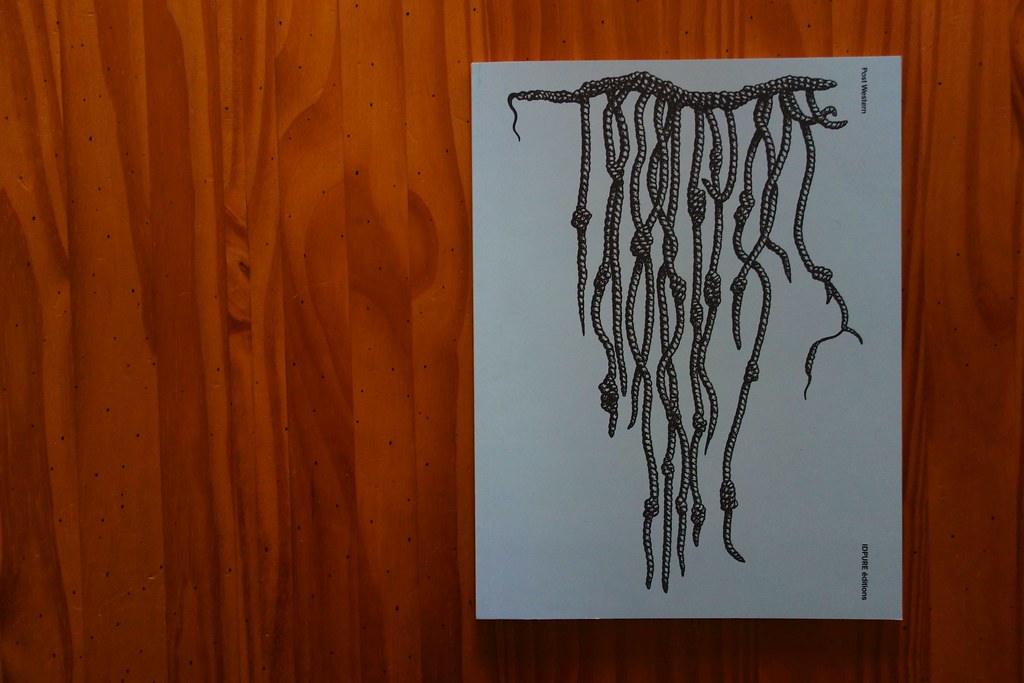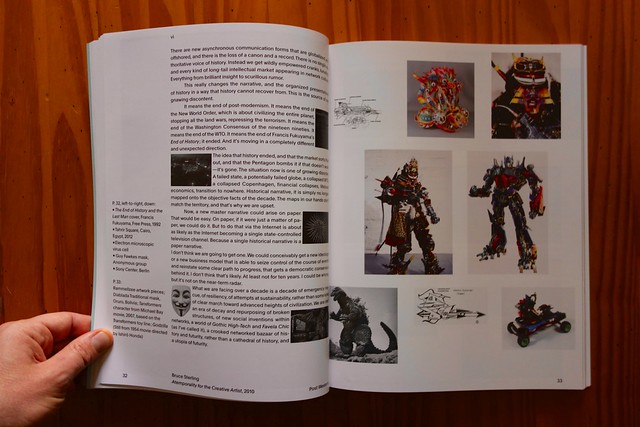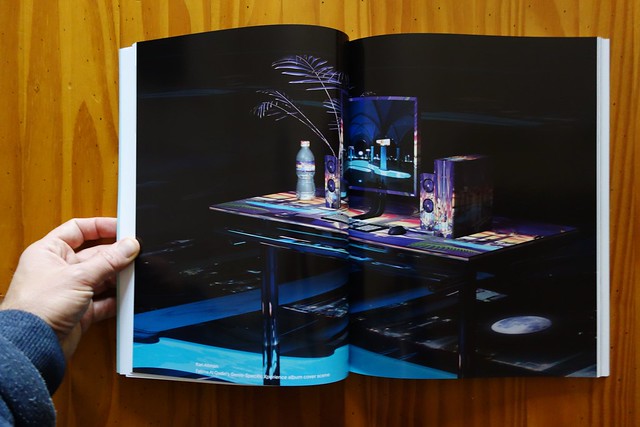The Musée de l’Imprimerie et de la Communication Graphique (Lyon, France) currently has an exhibit about Susan Kare’s work. Kare, who’s an American artist and graphic designer best known for her interface elements and typeface contributions to the first Apple Macintosh from 1983 to 1986. The exhibit examines different aspects of her practice, and what influenced her:
“Three major influences can be perceived in relation to Susan Kare’s drawings. Firstly, the prehistory of comics, from the first half of the 19th century, with caricatures by Rodolphe Töpffer in Switzerland and Gustave Doré and Honoré Daumier in France. Next, the typographic creations of the major foundries in the 1920s and 1930s, from companies such as Brüder Butter in Dresden, or the Fonderie Typographique Française and Deberny et Peignot in Paris, who sometimes drew inspiration from alphabets created in cross- stitch, arguably the ancestors of digital pixels. Finally, Susan Kare has learned a great deal from three contemporary mentors: the graphic artist Paul Rand who has created logos for IBM, NeXT and ABC, the comic books theorist Scott McCloud with his best-known book Understanding comics (1993) and the Swedish pop art sculptor Claes Oldenberg. (…) Using a grid of 32 x 32 small squares, she began to give shapes and faces to the keywords and commands of the prototype of the computer built by Apple. Doctor of Arts from New York University (her home town), specialist in sculpture and 19 th century French caricatures, Susan Kare had a very definite idea of the effect she wanted to create: clear type-style and icons, expressive enough to make an impact but not so dominant as to distract, rather like motorway signs or a viewpoint indicator. And so she used her artistic background to develop a universal, playful, joyful grammar and vocabulary, no doubt unaware of the extent of the impact which this language, this sign language, was to have on the period and on the history of design”
Why do I blog this? This is the first international retrospective of Kare’s work, and I quite enjoyed the mélange between pieces from her historical collection (about the Macintosh, NeXT and more recent things) and medieval pieces, curious fonts, pixel arts, Minitel sprites, korean characters, emojis and byzantine icons. It’s an interesting way to show the mutual relationships between some of these cultural elements. Examining them side by side is insightful, and the Museum is quite an intriguing place.




